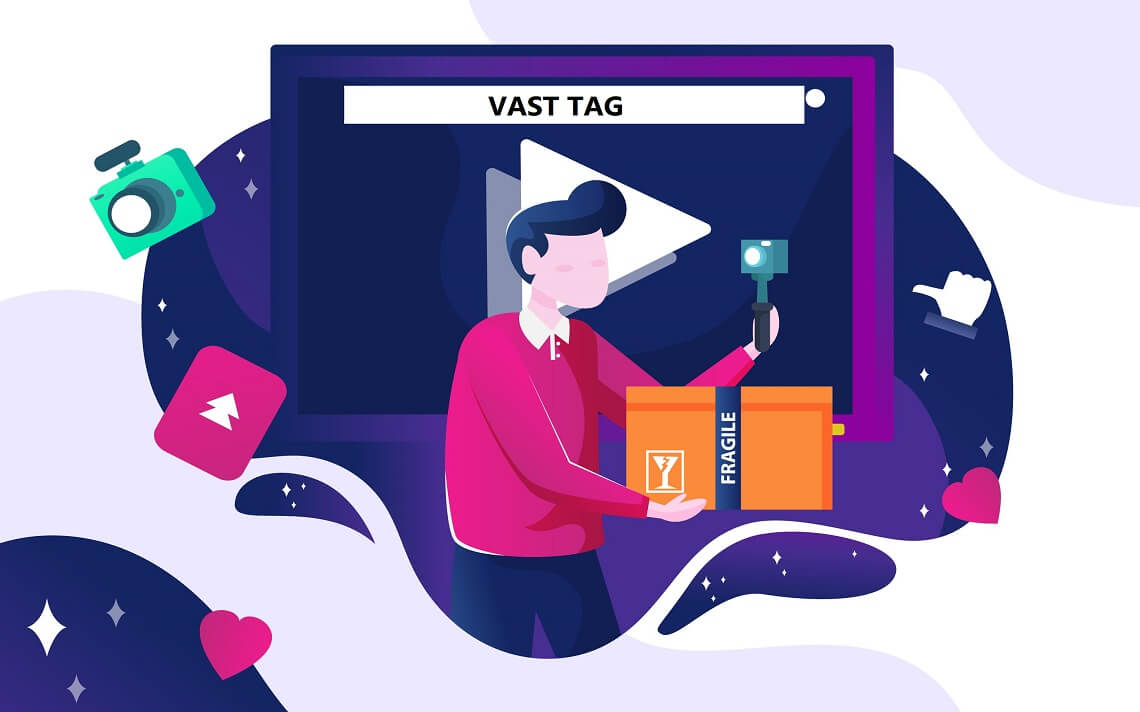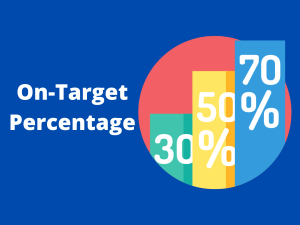Table of Contents
VAST 1.0
Vaibhav Pandey
on September 01, 2025

Table of Contents
What is VAST 1.0?
VAST 1.0 was the first iteration of the Interactive Advertising Bureau’s Video Ad Serving Template (VAST). Introduced in 2008, VAST 1.0 marked the beginning of the IAB’s attempt to introduce a standardized protocol for delivering in-stream ads from video ad servers to different kinds of video players.
Why VAST 1.0?
The proliferation of video playback devices and environments left advertisers grappling with issues like audience fragmentation, compatibility across content platforms, and efficiency. With each video player using different, often proprietary, technology, advertisers needed to rework the ad delivery process each time they wanted to reach a new type of video player. An ad served to iPhone users, for example, could not always be guaranteed to work just as well for someone watching on streaming TV.
With Video Ad Serving Template 1.0, the IAB set out to create a device- and platform-independent protocol that would simplify the ad delivery process for advertisers and content publishers. By using an XML schema that could be read by a wide range of video players regardless of their respective technical underpinnings, the IAB launched a video ad format that would soon become an industry standard due to its efficient solutions to many of the digital video ad industry’s largest problems.
Technical Capabilities
VAST 1.0 supported only linear ads in single media file formats like MOV, MP4, and 3GP. In terms of functionality, it gave advertisers the option to let users play, stop, and/or pause video ads. Video Ad Serving Template 1.0 also supported basic event tracking, allowing advertisers to collect rudimentary data regarding audience engagement.
VAST 1.0 addressed some bugs and refined some functions in a subsequent release coded VAST 1.1. The IAB and the broader digital video industry have since stopped supporting both versions.
Featured Posts

In October 2025, we rolled out major upgrades to Ads Player and Ad Manager focused on performance, policy, and monetization. From faster auctions to safer category controls and currency-aware bidding, here’s what changed and why it matters for publishers.

Even in the digital age, TV advertising remains a powerful way to connect with consumers and boost brand recognition. Learn more in this article by Aniview

On-target percentage, also called OTP, measures how much of your advertising campaign’s results actually stem from your intended audience.


